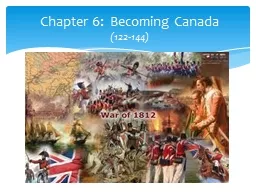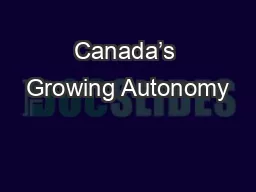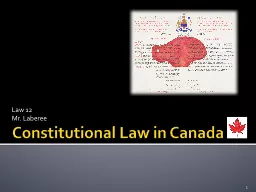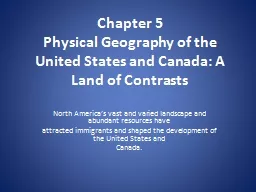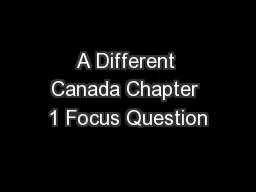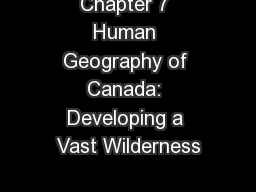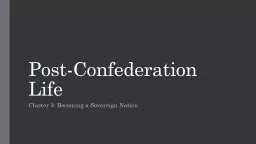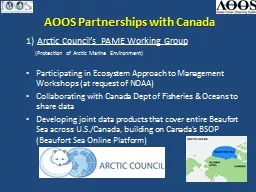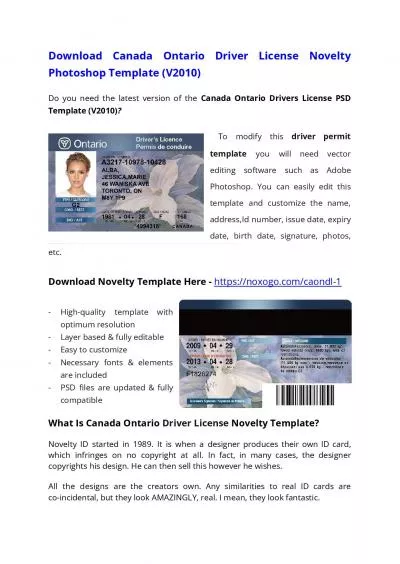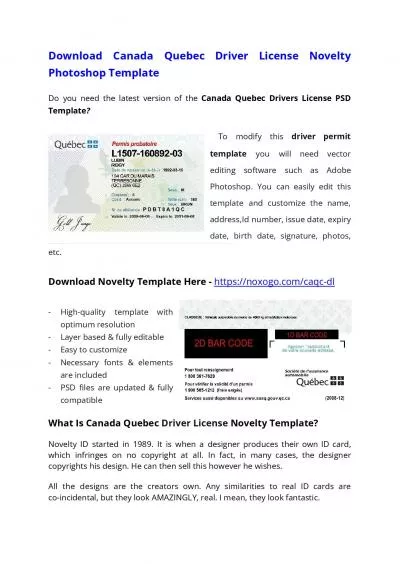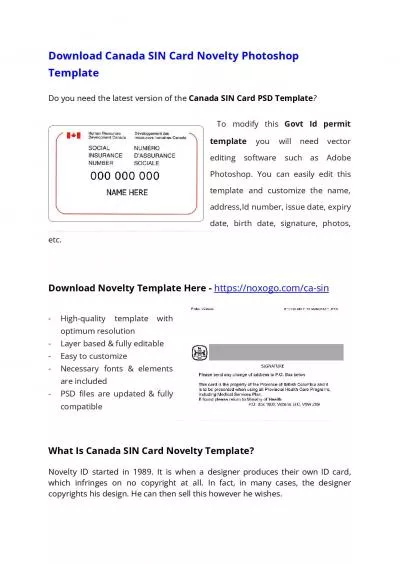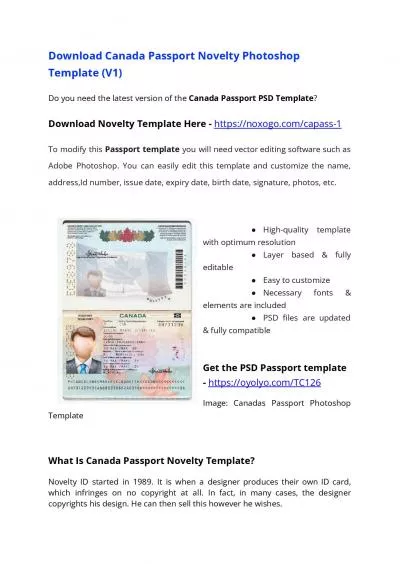PPT-Chapter 6: Becoming Canada
Author : jane-oiler | Published Date : 2017-09-08
122144 How did the War of 1812 and its political consequences affect the developing Canadian identity CHAPTER INQUIRY TERMS Liberators Invaders British North America
Presentation Embed Code
Download Presentation
Download Presentation The PPT/PDF document "Chapter 6: Becoming Canada" is the property of its rightful owner. Permission is granted to download and print the materials on this website for personal, non-commercial use only, and to display it on your personal computer provided you do not modify the materials and that you retain all copyright notices contained in the materials. By downloading content from our website, you accept the terms of this agreement.
Chapter 6: Becoming Canada: Transcript
Download Rules Of Document
"Chapter 6: Becoming Canada"The content belongs to its owner. You may download and print it for personal use, without modification, and keep all copyright notices. By downloading, you agree to these terms.
Related Documents

